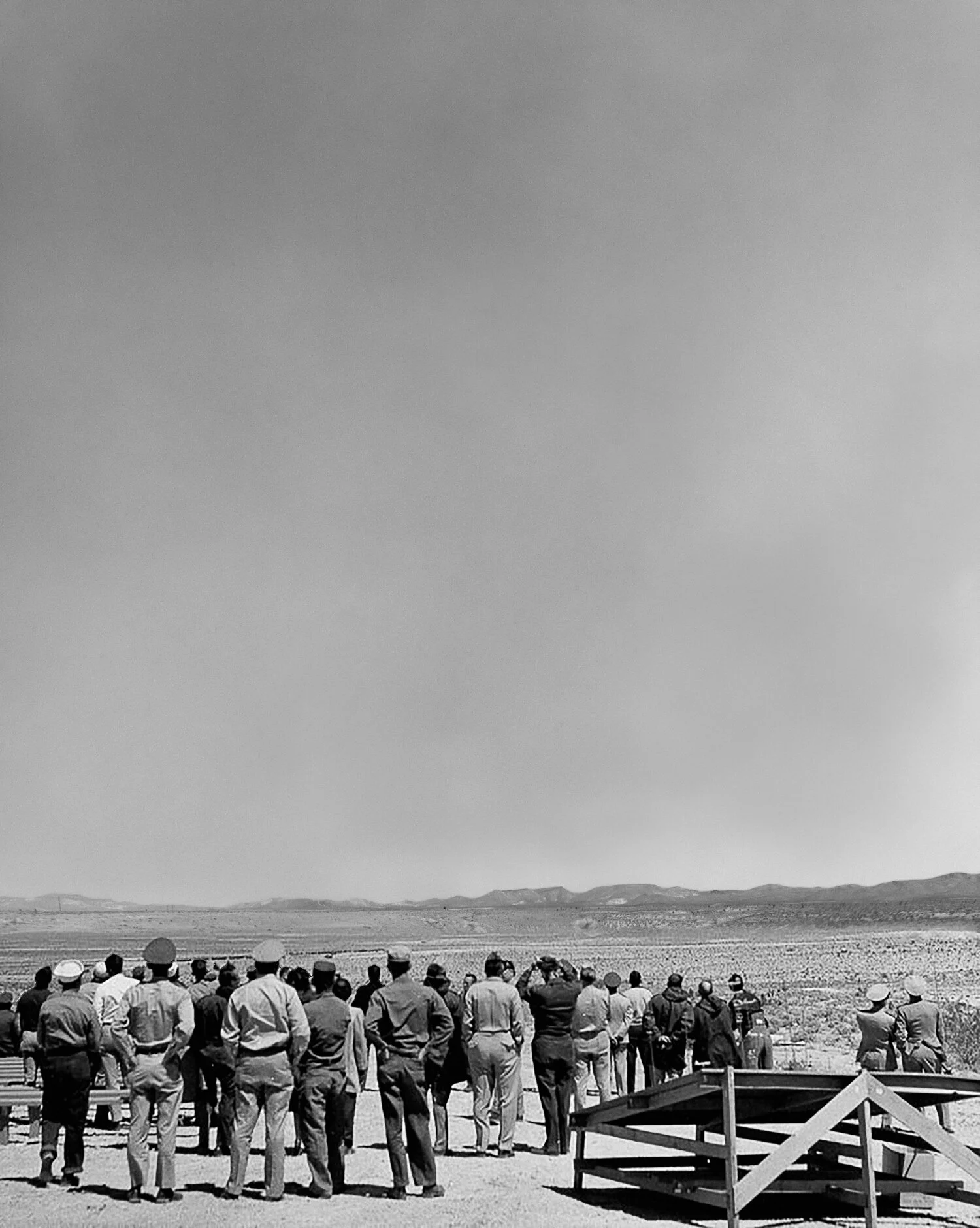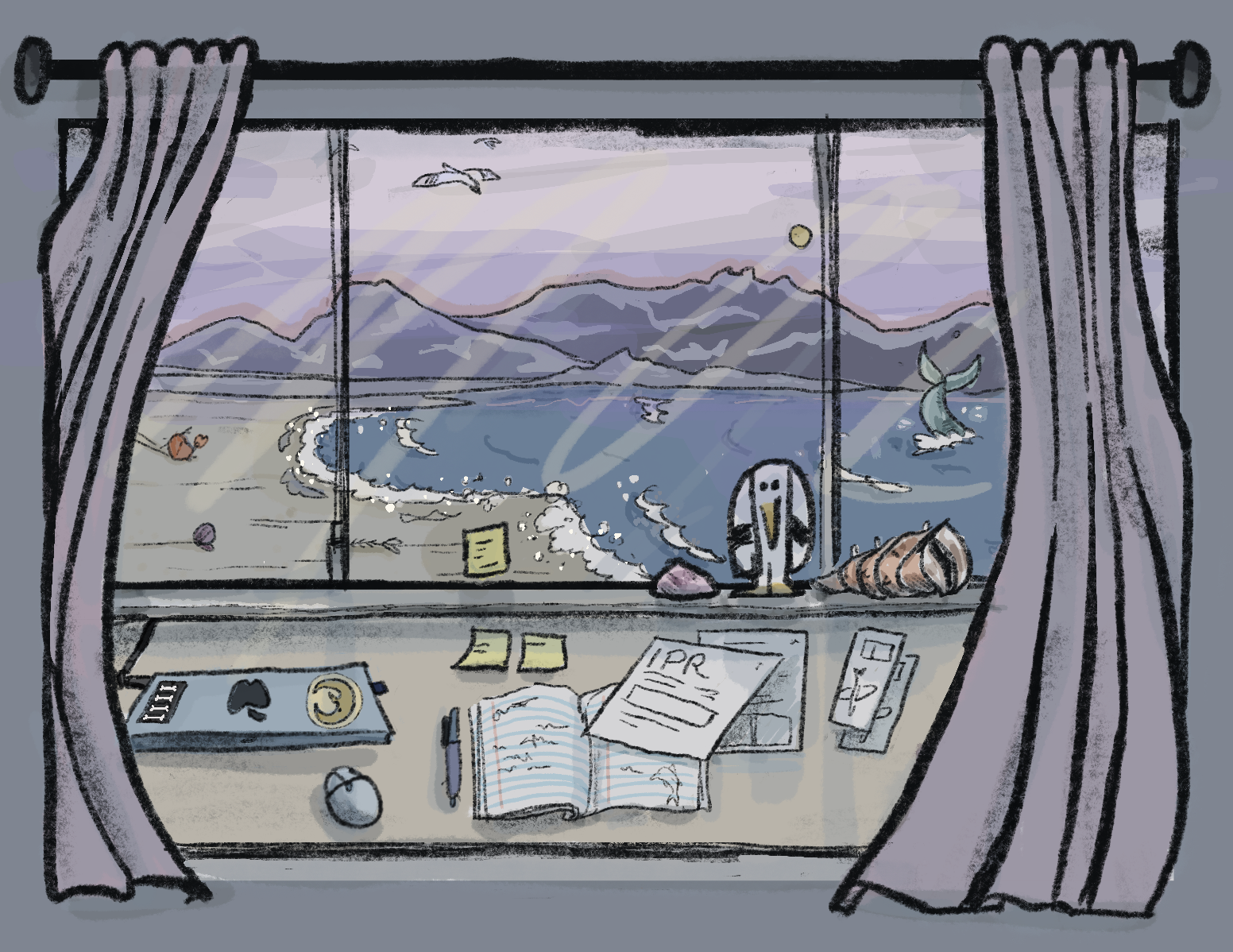James Lauder stood out while attending his first concert, a Marilyn Manson show, at age 16.
“It wasn’t typical to see a little punk gay boy in Vancouver at that time,” the artist recalls two and a half decades later.
The graphic designer turned tattoo artist continues to push against stereotypes today, particularly those surrounding masculinity. If Disney is ever interested in entering the world of illustrated LGBTQ2IA+ soft porn, Lauder should be their first call. His portfolio spotlights bubble-butt men in bubble-gum vignettes, and female characters who are rough around the edges. While COVID-19 may have temporarily shuttered the queer-focused private studio he’s based at, SAD sat down to talk with James about his transition to permanent ink, and how this pandemic is impacting his art.
SAD: When would you say art entered your life?
JL: Like most people who make art, I started pretty young. As soon as I could pick up a pencil I was drawing. My mom has lots of photos of me drawing people.
SAD: What’s been your journey with art since?
JL: The mediums have changed over the course of time, but I’ve been making stuff my whole life. Originally, throughout highschool it was drawing. Art was the one course I was ever good at. After highschool I went into animation, and worked in post production for seven years.
Then I worked retail for a couple of years as the special events MUA for Holt Renfrew. I went back into post production animation, then got into graphic design and started my own design practice, as well as teaching at VCC and Emily Carr.
SAD: How long ago was that? And why did it feel like the right time to transition?
JL: I started tattooing 4 years ago, after researching and trying to get as much information as I could on histories, important artists, techniques, health & safety and application. I also spent a long time building up my pen + ink drawing skills in order to make work that was tattooable.
My sister worked at the front desk of a tattoo shop for a number of years which was also a huge help. The big shift for me came after being tattooed by women. I’d mostly been tattooed by male artists, straight, cis—all super friendly but transactional. I couldn’t see myself in those environments. But when I started getting tattooed by women like Nomi Chi, Shannon Elliot—it gave me a different perspective on what tattooing could be like. It’s a big commitment and I don’t take it lightly. It was a slow transition with a big learning curve. It was one of the most challenging things I’ve ever done but also the most rewarding truest expression of my practice.
SAD: How would you describe your tattooing style?
JL: Well, first from a clients perspective it can be a much more inviting and comfortable space to be vulnerable in. It can be like hanging out with a friend—being able to have comfortable conversations and use shorthand. Maybe people who are feeling more like they’re needing a safe space where they can be comfortable to relax. It lets them focus on the experience of being tattooed, they can have a conversation rather than feeling like it’s something in the back of their mind. “Does this person know I’m queer or trans and would that be an issue?”
















